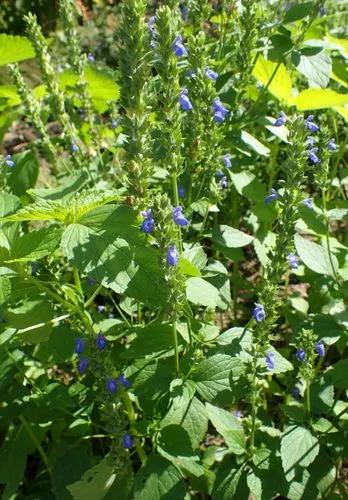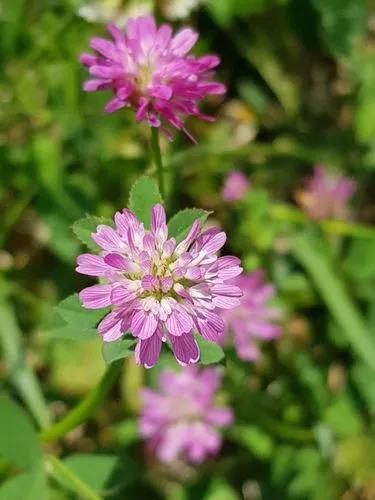Thriving in elevations of 5,000 to 9,000 feet, the deciduous, perennial Utah serviceberry is native to a large portion of the dry northwestern and southwestern regions of the United States, and dipping into northern Mexico. Its natural habitat varies from the rough and tumble environment of mesas, canyons, rocky slopes, scrublands and along roadsides to cozy woodlands where it resides among stands of piñon-juniper and aspen trees. Because of its visual appeal and hardiness in USDA zones 5-8, this member of the Rosaceae (rose) family has also adapted to the more genteel locations of home and public gardens in areas both in and and outside its native regions.
Utah Serviceberry Care
Amelanchier Utahensis



Because of its long-term visual attractions from leaves to flower to fruit, it is no wonder that the Utah serviceberry has been enthusiastically embraced by gardeners in the Santa Fe area. It is pretty, tough and loves our climate. The rounded growth habit has the versatility to be grown as a shrub or a small tree. For those with limited space, the Utah serviceberry offers a botanical touch to portals, patios and entrances when potted in an attractive container large enough to accommodate future growth. And because it can achieve a maximum height of up to 15 feet, it may be necessary to eventually transplant it to a more permanent location in the ground. The Utah serviceberry (Amelanchier utahensis) is a rewarding choice for any garden, especially one that focuses on native plant species. Think about it. How many plants offer up flowering bouquets in the spring, attractive, tasty fruits in the summer that remain through most of winter, and golden fall color? But let’s not forget its perseverance in a challenging environment. If we consider the Utah serviceberry a plant that laughs in the face of adverse growing conditions, then how ‘bout we raise a glass to adversity!
How to Care for the Plant

Popularity

46 people already have this plant 5 people have added this plant to their wishlists
Discover more plants with the list below
Popular articles






